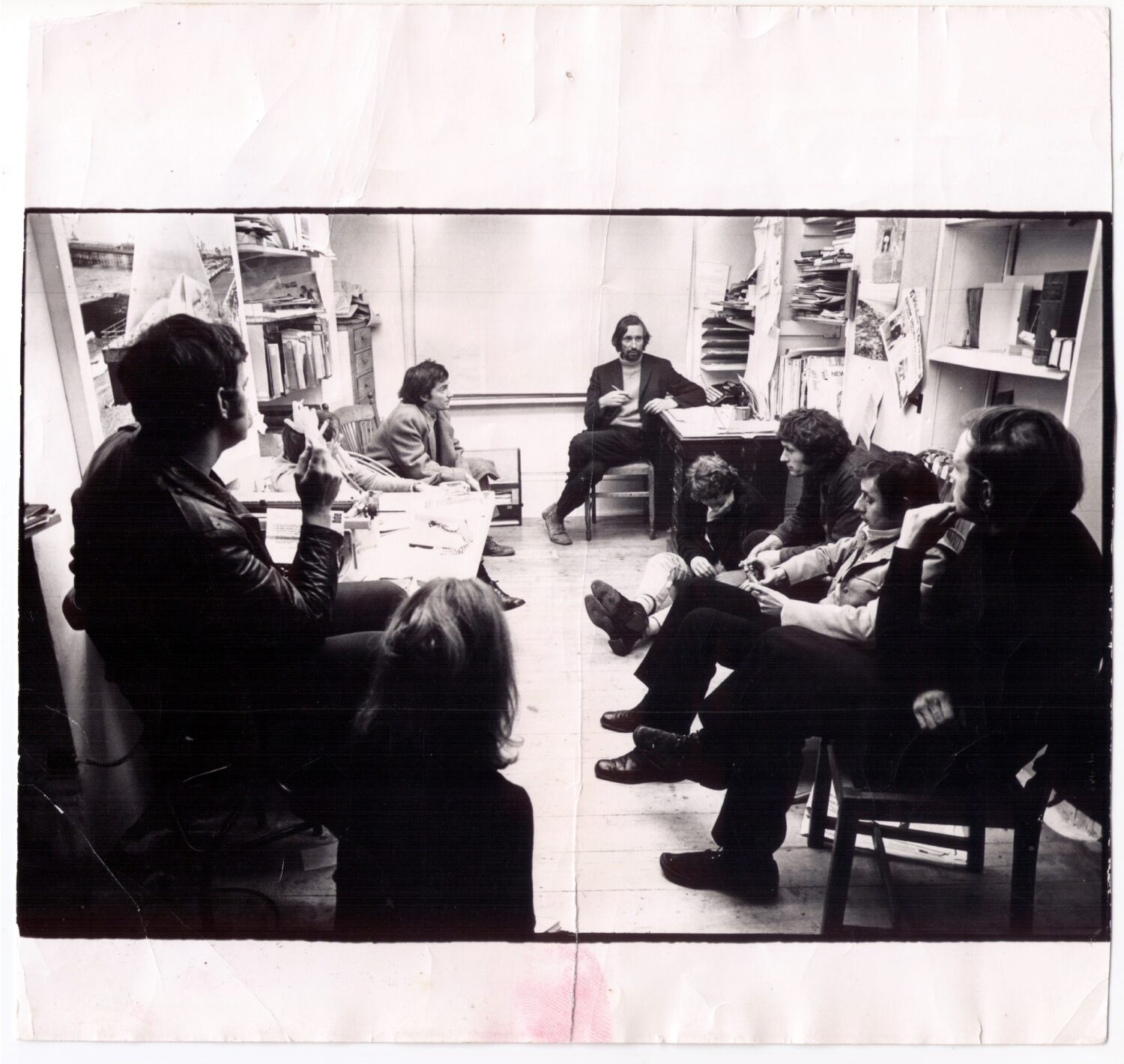A History Of The Artist-In-Residence
By Something CuratedArtist-in-residence programmes, or artist residencies, encompass a wide variety of undertakings involving collaborations between artists and an array of hosts, spanning institutions, private organisations, and communities. In addition to other resources, these structures act as avenues to furnish artists with physical workspaces along with fresh viewpoints to enhance their creative pursuits. In today’s context, artist residencies are increasingly embracing thematic focuses, where artists collaborate with their hosts to delve into particular research domains or concepts. Initiatives resembling artist residencies have historical roots dating back to as early as the 16th century in Europe, coinciding with the rise of art academies. In 1563, the Duke of Florence, Cosimo Medici, and Tuscan painter Giorgio Vasari co-established the Accademia del Disegno. Serving as a pioneering art institution, the Accademia was the first to advocate the notion that artists could derive benefits from a dedicated local space aimed at advancing their skills.

It is worth noting, long before Europe, imperial courts across the world, well documented in China, Egypt and India, supported artists who played a significant role in shaping the court’s public image. Though the concept and structure of the artists’ role in these settings were undoubtedly different from that of a modern artist-in-residence, there are some similarities. They were commissioned to create various forms of art, including paintings, sculptures, architecture, textiles, and more. Artists were an integral part of the court’s creative endeavours and played a crucial role in portraying the ruler’s power, wealth, and cultural refinement. While the idea of artists-in-residence as we understand it today did not exist, the court artists essentially lived and worked within the court environment. They had access to resources, patronage, and a supportive atmosphere that allowed them to create art that celebrated the ruling family’s prestige and heritage. The artists often belonged to guilds or families of makers who passed down their skills and traditions through generations.
Moving back to Europe and into the 17th century, France’s government funded the Prix de Rome, a scholarship that provided artists with financial support for training in institutions like Rome’s palazzo Mancini and the Villa Medici in Florence, typically spanning three to five years. The initial wave of artist-in-residence programmes, as we recognise them today, really emerged in the 19th century. In both the United Kingdom and the United States, for example, many affluent individuals with a passion for the arts began to view the provision of guest studios to individual artists as a form of patronage. During the same era, artists themselves took to residing in rural areas and collectively strived to bring their artistic visions to life. An illustration of this phenomenon is the artists’ colony situated in Worpswede, a small village near Bremen, Germany, which was established in 1889 by figures such as Heinrich Vogeler and Rainer Maria Rilke. In 1971, the colony received a renewed boost with the inception of the Künstlerhäuser Worpswede, an initiative that has since developed into a renowned residential art centre.

A forerunner of the concept in the UK, the Artist Placement Group (APG) was established in 1966 by visual artists Barabara Steveni and John Latham. The APG holds special historical importance in the realm of artist residencies, as it stands out as one of the initial major initiatives that integrated visual artists into institutional settings. The idea for this type of residency model was conceived by Steveni during a visit to a factory, where she was gathering materials for her own artistic activities. This experience prompted Steveni to contemplate the potential advantages of a programme that would directly involve artists in private institutions. The central objective of the APG was to nurture the interaction between art and society, facilitating a mutual exchange of impact between these two spheres. Their mission was to connect artists with individuals engaged in various professions, enabling both parties to benefit from each other’s perspectives.
One of the earliest modern artist-in-residence programmes in Asia was established in 1964 by the Uchida Yoko Co., Ltd. in Tokyo, Japan. This programme invited foreign artists to live and work in Tokyo, fostering cross-cultural interactions and artistic collaboration. By the 1990s, an extensive surge of residency programmes emerged, transcending the confines of the West. This expansion encompassed regions ranging from Brazil and Taiwan to Mexico and Cameroon. A distinguishing feature of this fresh wave was the strong grassroots link, as those instigating these efforts aimed not only to extend hospitality to artists but also to establish alternative, community focussed hubs for artistic knowledge and experience. Residential art centres progressively assumed the role of catalysts within the local contemporary art landscape, playing an indispensable part in bridging the local creative milieu with the global art sphere. A valuable site of exchange, the artist residency continues to have the capacity to provide new environments and paradigms for the growth of knowledge and insight, extending beyond the realm of the arts to encompass society as a whole.
Feature image: Artist Placement Group’s The Sculpture installation, with participants, at Between 6, Städtische Kunsthalle Düsseldorf, 15–17 June 1971. © Barbara Steveni Archive